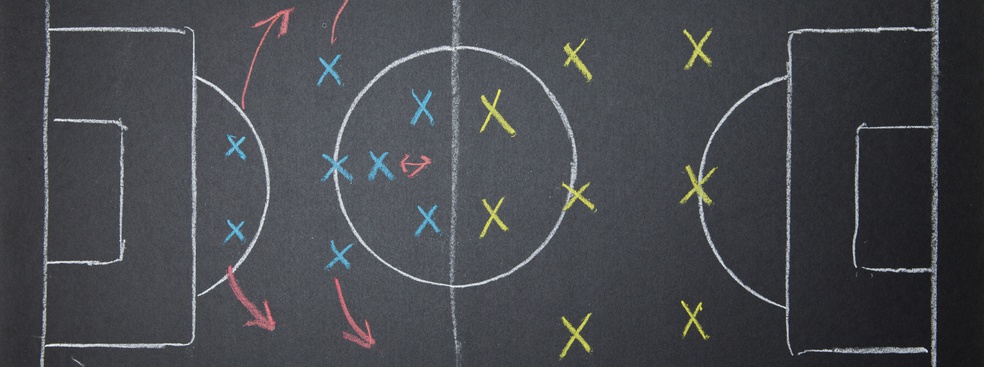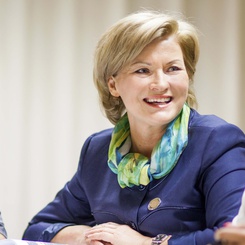The challenges and opportunities of managing group diversity successfully are manifold, and well-illustrated in professional football teams because there are all kinds of differences that exist between players:
Leading professional football teams to success is about managing diversity effectively
“Take for example the English football club FC Chelsea in their Champions League winning season in 2011/12: The Club’s first team squad consisted of 19 foreigners and six English players, while the coaching staff included 17 members of which eight were English. A similar picture can be seen down the road from us at Paris Saint Germain, where the first team squad for this year includes 14 foreigners and 11 French players.
There are the obvious challenges, including language barriers when it comes to communicating with players on and of the pitch, as well as more subtle ones such as understanding and harnessing players’ individuality to create those moments of surprise and creativity in a match. Meanwhile, to build a winning team, it’s equally important to instill a common team spirit and strong collective sense. Of course, there are also issues of a discriminatory nature such as the tabooing of homosexuality, and the racial and religious abuses by so called fans and players of other teams.
Racial tension in particular is something that we’re talking about a lot today – only recently the AC Milan squad collectively went off the pitch in solidarity with its team member Boateng who was insulted by supporters of the other team. Many national football federations have responded to this phenomenon in football. The English premier league has made the decision to launch this month “the Senior Player Programme on Diversity and Equality” which aims to train players on how to recognize and prevent abuse.
Creating awareness and sensitizing team members and the public is a first step in addressing discriminatory behaviors and actions. I think this dialogue about racism is a very good sign. In particular after the John Terry case in the UK. However, other discriminatory aspects such as homophobia remain an equal, if not bigger challenge within male professional football. It’s still very rare for professional players to be openly gay.
Creating a winning team means not only harnessing and synergizing players’ individuality and differences, but also addressing the discriminatory aspects that often come with these differences. Team leaders have to create strong trusting bonds with their players. Without such trust players will not follow their coaches. And without their players coaches cannot win matches.
Raymond Domenech and the question of leadership
Raymond Domenech and the fiasco of Knysia is a good example illustrating a lack of mutual trust between coach and players. In my latest case study on leadership and diversity (Le Fiasco De Knysia or a Question of Leadership Failure?), I look into the strike of the French National Team “Les Bleus” and the events that led to the collective refusal of players to train two days before a decisive match during the World Cup 2010 in South Africa.
The Knysia fiasco offers us an example where multiple leadership obstacles came together and where the responses of leadership on multiple levels consistently missed the mark. The case highlights the failure of the management, of the team captain, of the federation and even of informal leaders within the team. It was a very public failure, but what could have been done differently?
While you might think the question of managing group diversity in a national team might be simple and straight forward – after all they are all playing for the same country – tensions caused by group diversity can still be a serious challenge. Cultural differences in national teams can be an issue, as is the case in France. Visible minorities in France, typically from the Maghreb and other parts of Africa, are often from disadvantaged socio-economic backgrounds and have experienced discrimination in their day-to-day lives. For me personally, it would not be that easy to feel an affinity, and play for a country in which I have had such experiences in the past.
But Raymond Domenech was facing more than just players from diverse ethnic and socio-economic backgrounds. He was leading a team of players with different levels of professional experience, maturity, age and expectations. The build-up to the squad’s strike on June 20, 2010 was largely based on Domenech’s failure to address and manage successfully the diversity within his team, and to build up trust between him and the players, and between the players. Some of the team members’ desperate search for the ‘traitor’ who informed the media about the Anelka incident on June 17 highlights the atmosphere of distrust that existed within the team at the time.
But my Knysia case study is not just about professional football. The case and its lessons can be applied to all types of organizations, and it shows leaders and decision makers the importance of managing group diversity when wanting to create a winning team.”









